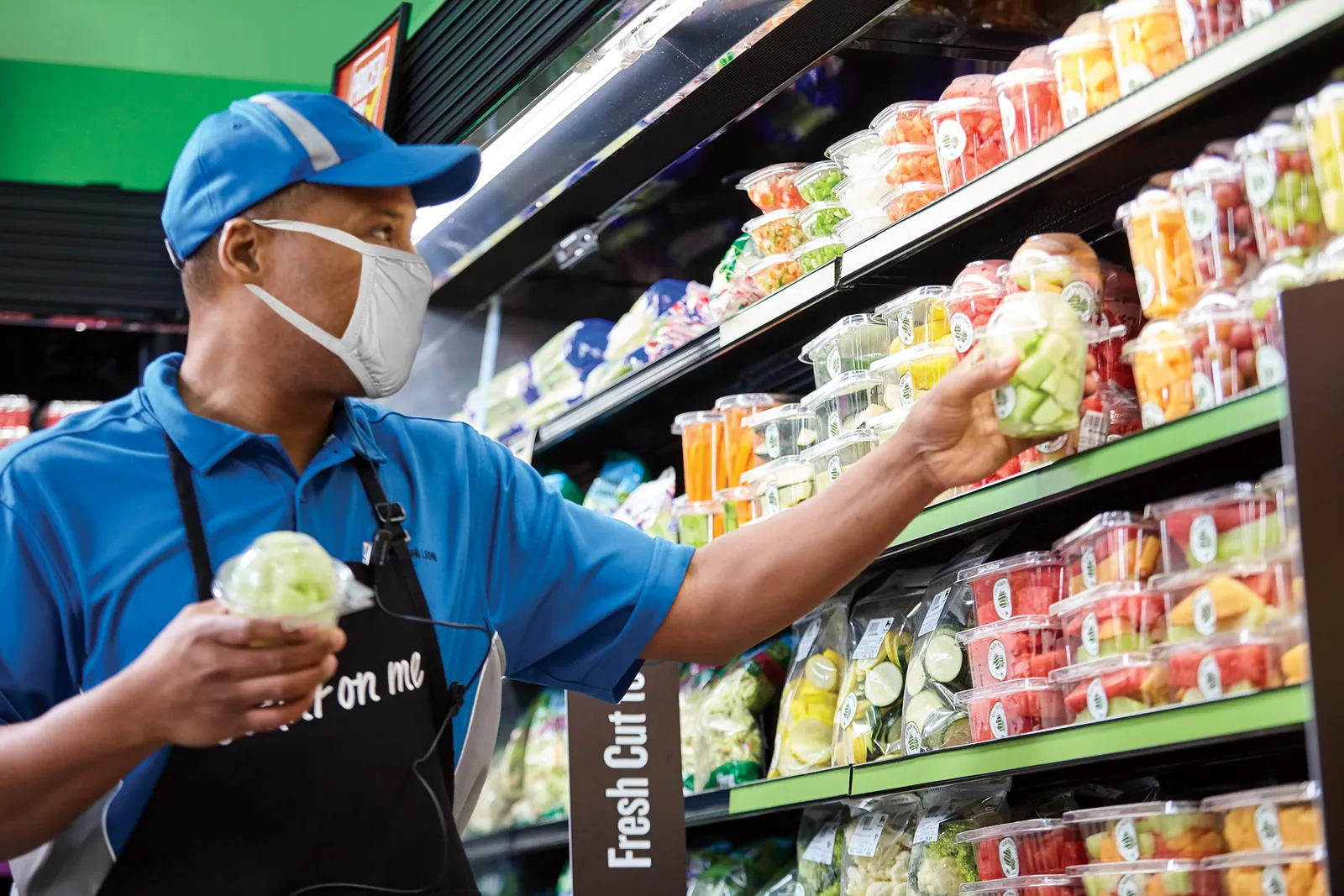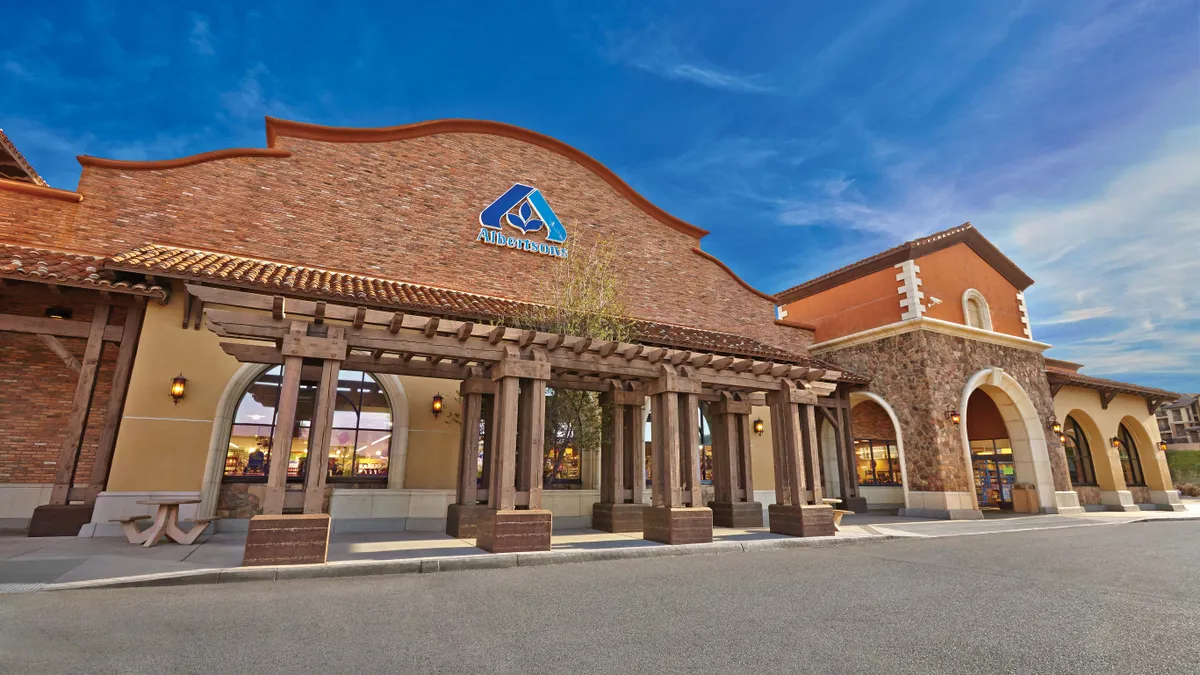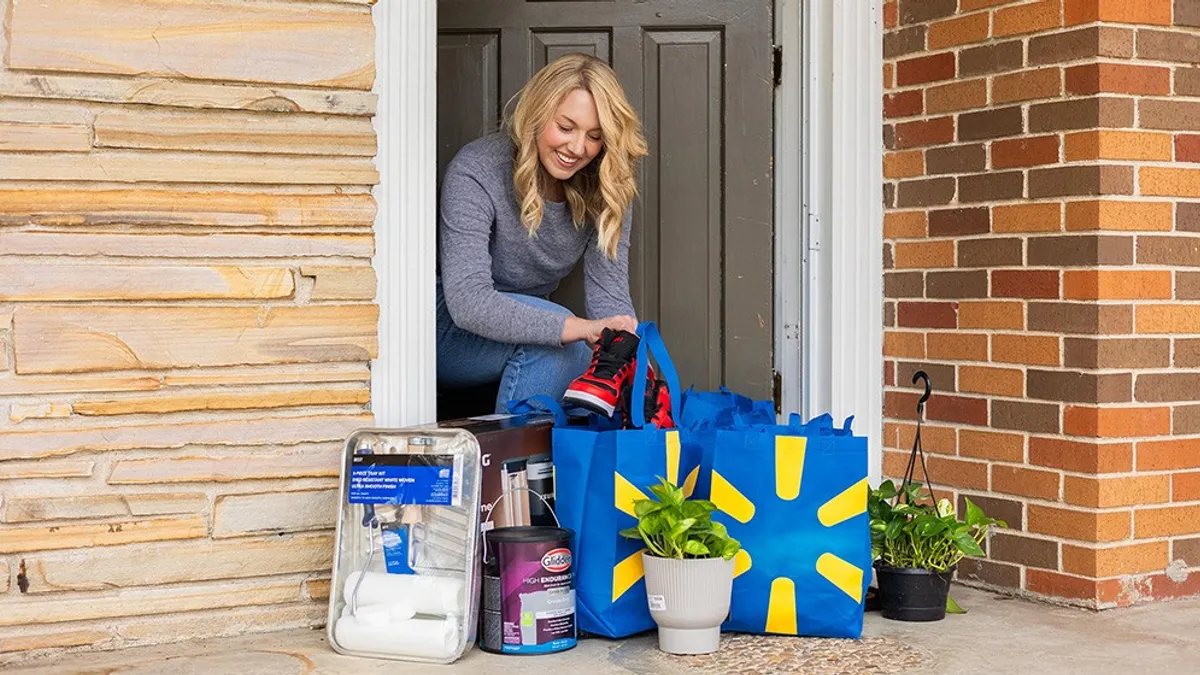The Friday Checkout is a weekly column providing more insight on the news, rounding up the announcements you may have missed and sharing what’s to come.
How’s the grocery industry doing on sustainability efforts? Well, it’s hard to tell when public reporting — if there even is any — on targets and metrics varies wildly from grocer to grocer.
An analysis of 107 food retailers — 45 public and 62 private companies — by the Ratio Institute, a non-profit that supports environmental stewardship efforts by the grocery industry, found that only 40 publish formal reports addressing Environmental Social Governance (ESG) topics.
That analysis, which looked at transparency rather than performance with grocers’ ESG efforts, is from the non-profit’s first annual State of the Industry report.
“Companies track performance in disparate ways and use metrics from different reporting frameworks. ... Reporting across the industry varied widely in format, length, and structure; this included variances in how some individual companies report across different reporting periods,” according to the report.
Of the 107 companies examined, 75 did not explicitly say if they report to formal global reporting frameworks, such as the Climate Disclosure Project (CDP) and the Sustainability Accounting Standards Board (SASB) Standards, the report said. (Like our sister site Waste Dive has found, companies using third-party target verification, disclosures and reporting protocols can make it easy to track individual company progress, as well as help understand how much the industry is prioritizing ESG efforts.)
While the report’s findings tie back to the Ratio Institute’s push for grocers to adopt standardized reporting, such as its own, it also puts a spotlight on an obvious problem within the grocery industry: ESG transparency is all over the place. Now, at least, one organization is tracking how and what grocers choose to share publicly.
Without transparency, it’s difficult to figure out if companies are moving the needle on sustainability efforts. When grocers do share how they’re doing on their sustainability efforts, oftentimes the reports are dozens of pages long and readers are faced with jargon and terminology that require extensive Googling to translate.
While sustainability is not a new area of focus for the grocery industry, from reducing food waste to making operations more energy efficient, Aaron Daly, principal at the Ratio Institute and former director of energy management at Whole Foods Market, has told Grocery Dive that food retailers are still “behind the times” when it comes to ramping up planet-friendly initiatives. Pressure from investors, employees, consumers and the general public, though, is starting to increase, Daly said, and that may help change the tide.
In case you missed it
Deliveroo opens first grocery store location in U.K.
The British online grocer has opened its first brick-and-mortar store in the U.K. through a partnership with Morrisons, according to a Monday press release.
Located on New Oxford Street in London’s Central District, the Deliveroo Hop store offers 1,750 products, including items from Morrisons’ Ready to Eat and The Best lines, which are picked and packed by Deliveroo’s site team for in-store pickup or delivery. Consumers have several options for how to buy food: ordering on digital kiosks in-store, placing pickup orders online via the Deliveroo app or selecting rapid delivery, per the announcement.
Deliveroo is opening its first physical grocery store in London. It's a dark store for its rapid service Deliveroo HOP which also allows customer to click and collect app-made orders, or order in store on digital kiosks, a la McDonalds. pic.twitter.com/L6HbpdZTKd
— George Nott (@georgepnott) October 3, 2022
The new store is part of the online food company’s mission to offer more “convenience and availability” and stems from research Deliveroo commissioned that found 40% of shoppers, on average, buy groceries once every two to three days and that 42% of 18-34-year-olds rank convenience as the top determining factor when grocery shopping.
Meet the newest waste-reduction tool
There’s a new food waste reduction tool in town: startup app Recelery, which serves as both a pantry tracker app and online marketplace, according to a Tuesday TechCrunch article.
Through the app's features, consumers can keep track of their food purchases and the upcoming expiration dates on items already stocked in their kitchens. In addition, Recelery users can sell unused grocery items to fellow app users within a mile of their own location as well as invite friends and family to see what food is in their virtual pantry, the article states.
The app’s subscription of $2.99 per month or $16.99 per year lets users add over 60 items to their virtual pantry, more than 60 items to their grocery list and more than 25 items to the marketplace, according to Recelery’s website.
Lunds & Byerlys levels with shoppers about supply chain shortages
The supermarket operator is displaying signs around its Lake Prior, Minnesota, store to explain why shoppers’ favorite items are low in demand or unavailable, according to a post on LinkedIn earlier this week from Brian Numainville, principal at The Feedback Group.
“Given our high-quality standards and the impact Mother Nature can have on crops, there are times when some of our favorite fruits and veggies are limited in supply or temporarily unavailable,” the sign from Lunds & Byerlys reads, per the LinkedIn post. “We want to keep you informed of any supply disruptions we’re currently experiencing.”
Tacked on to the sign is a “Product Supply Update” that gives a more detailed description of different produce items and why they are either low in stock or completely unavailable.
With inflation still being a major issue for grocers and shoppers alike as well as ongoing supply chain challenges, the LinkedIn post highlights one grocer’s efforts to be transparent with its customers.

Number of the week: 2,700
That’s the number of jobs grocers added in September, according to preliminary data released by the U.S. Bureau of Labor Statistics on Friday. The latest monthly figure is a continuation of the industry's growth trend but a significant decline from the nearly 15,000 positions added in August.
What’s ahead
September inflation numbers
Grocery prices continued to rise year-over-year rise in August even as overall inflation cooled off. Will that trend continue? The September Consumer Price Index results come out on Thursday.




















